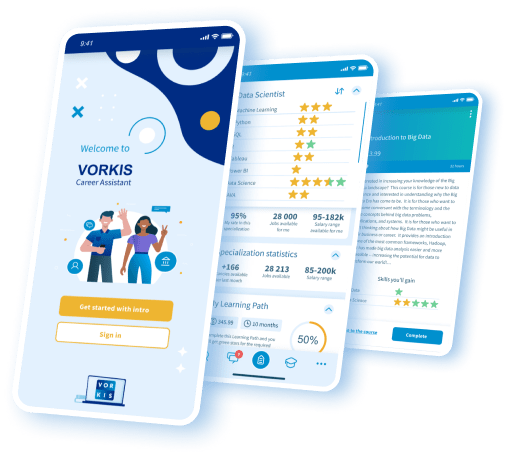Web Development
Back-End
Front-End
Hire
Web Development
Introduction
In the realm of web development, there are two primary areas: front-end and back-end. While front-end development focuses on what users see and interact with, back-end development handles the behind-the-scenes operations that power websites and web applications. In this article, we'll explore the exciting world of back-end development, its key concepts, technologies, and best practices.
Responsibilities:
- Server Management: Developing and managing server-side logic, ensuring the smooth operation of web applications.
- Database Management: Designing and implementing databases, optimizing performance, and ensuring data security.
- API Integration: Integrating external APIs and web services to enhance functionality and user experience.
- Security: Implementing robust security measures to protect sensitive data and prevent unauthorized access.
- Performance Optimization: Monitoring and optimizing application performance, ensuring efficient resource utilization and scalability.
- Collaboration: Working closely with front-end developers, designers, and other stakeholders to ensure seamless integration of front-end and back-end components.
Required Skills:
- Programming Languages: Proficiency in languages such as Python, Java, Ruby, or PHP, depending on the tech stack.
- Database Management: Knowledge of database systems like MySQL, PostgreSQL, MongoDB, or SQL Server.
- Server-Side Frameworks: Familiarity with frameworks such as Node.js, Django, Flask, Spring Boot, or Laravel.
- Version Control: Experience with version control systems like Git for collaborative development.
- API Development: Understanding of RESTful API design principles and experience in building and consuming APIs.
- Security Practices: Knowledge of security best practices, including encryption, authentication, and authorization.
- Problem-Solving Skills: Ability to troubleshoot and debug complex issues, with a focus on problem-solving and logical reasoning.
Tools and Technologies:
- Frameworks: Back-end frameworks like Django (Python), Ruby on Rails (Ruby), Laravel (PHP), and Express.js (Node.js) provide developers with pre-built components and structures to streamline development.
- Databases: Back-end developers use database management systems (DBMS) to store and retrieve data efficiently. They choose the appropriate database type based on the project requirements and scalability needs.
- Server Environment: Understanding server environments like Apache, Nginx, and Microsoft IIS is essential for deploying and hosting web applications.
Salaries:
Salaries for Back-End Developers vary depending on factors such as experience, location, and industry. On average, entry-level Back-End Developers can expect to earn between $60,000 to $80,000 per year, with salaries increasing significantly for mid-level and senior positions.
VORKIS Mobile
for Team Digital Transformation


